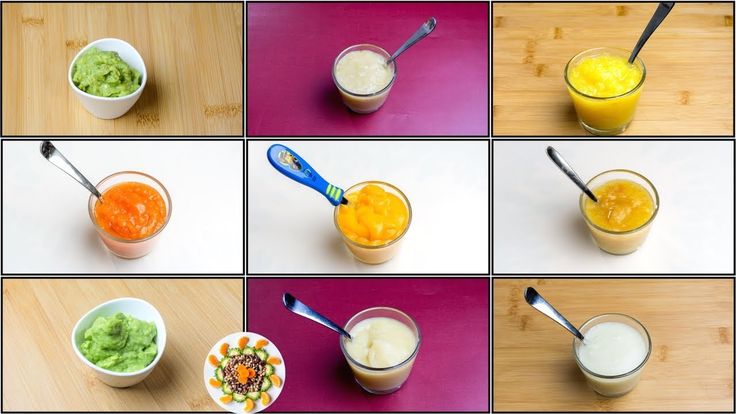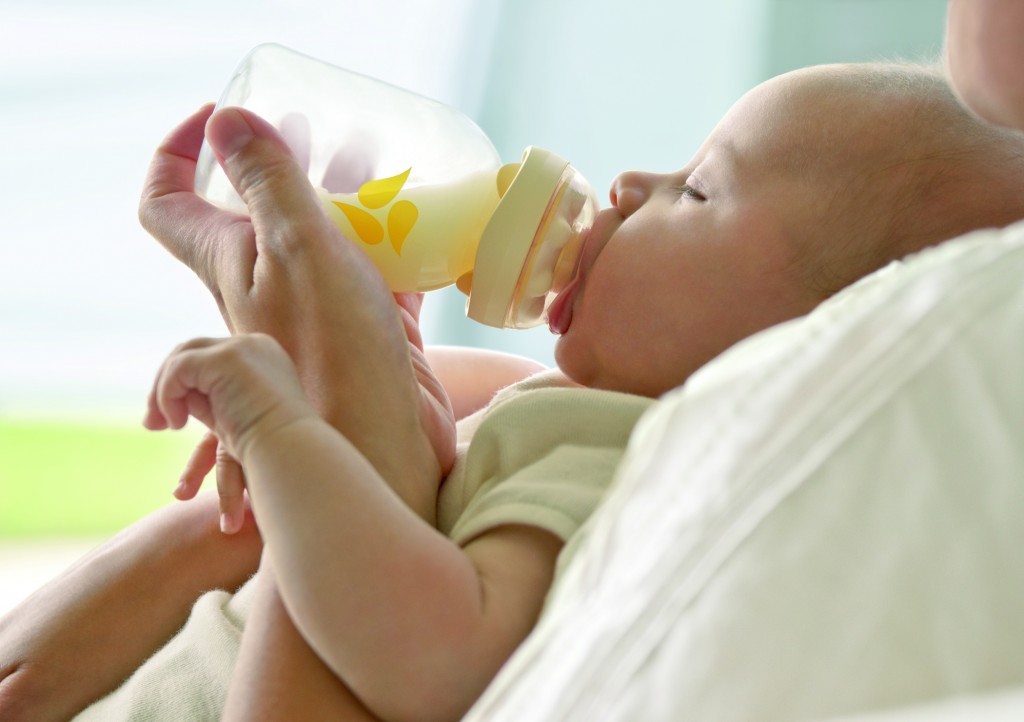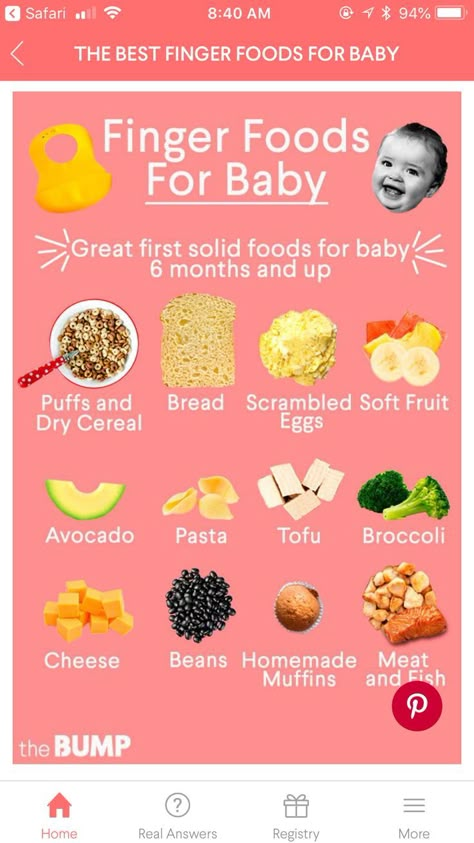100 baby foods
Baby Led Weaning: 100 of the Best First Foods to Feed Your Baby
Around 6 months old is a good time to start baby led weaning with your baby!
Of course check with your doctor to make sure it’s a good time for you and your child to start.
If you are like me, you did lots of research on the best foods to feed your child, what to feed him first, how to feed him and how much to feed him.
It was important to me, like any mom, that my son get the best and healthiest start to life as possible.
Enter Baby Led Weaning!
(This post contains affiliate links, meaning I make a small commission from any links you click and buy from. I only recommend products I love and appreciate your support! Find the full disclosure policy here.)
I first heard about it before I was even pregnant, but really started researching baby led weaning when my son was born.
Baby led weaning is about letting your child learn to feed themselves from the very beginning.
It’s about keeping the stress out of feeding your child, and allowing them to lead.
D has done so well with solids from the very beginning, and I’ve never been stressed about it. I think that the way we’ve let him eat has helped so much.
Some people who follow baby led weaning have the goal of feeding their child 100 different foods by the time they are one year old!
The idea with this goal is to make sure you feed your child a wide variety of textures, flavors and colors to get them used to it. They are less likely to be super picky as a toddler!
It can seem daunting, but with D’s birthday right around the corner, I’ve come up with a list of 100 different foods we’ve given him over the last 6 months.
It really wasn’t that hard because once he got the hang of it, we were able to feed him pretty much anything we ate (with some modifications here and there).
D has loved the variety of foods we’ve fed him, and now that he’s reaching toddlerhood, I’m not so worried about him getting picky.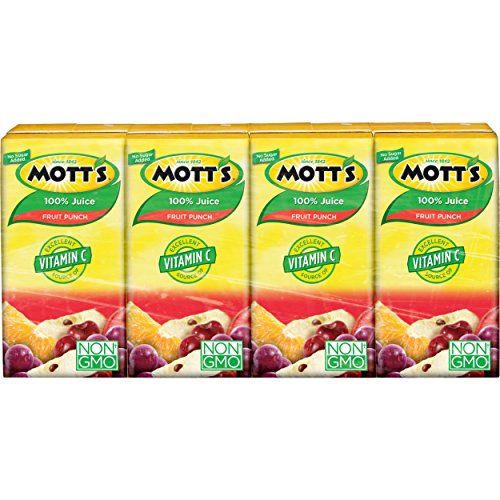
Even when he does decide to pick and choose some things he likes and doesn’t like, I know that there are a whole bunch of things I can fall back on!
HOW TO GET STARTED WITH BABY LED WEANING
RELATED BABY FEEDING POSTS:
How to Start Baby Led Weaning with Your Baby at 6 Months OldI absolutely love this book as a reference guide for all things baby led weaning. It’s full of beautiful pictures with easy and creative recipes, information on how to get started, benefits to the baby led weaning approach and so much more!
EZPZ baby feeding supplies are always my go to. They are made of 100% silicone, super easy to clean and created by a pediatric food specialist. So, you know you’re getting the best with them!
They have an adorable First Foods Set that will easily get you started.
Bloom Baby has the coolest looking highchairs. I absolutely love that you can use them for your newborn as an adorable cradle, right up to a regular kids chair for up to 8 year olds.
Here is the list of 100 first foods for baby led weaning that we used! If you want the list in printable form, check it out below.
Loading…
100 FIRST FOODS
Fruit
- Apples
- Bananas
- Blackberries
- Raspberries
- Strawberries
- Blueberries
- Peaches
- Mangos
- Avocado
- Grapes
- Tomato
- Melon
- Cantaloupe
- Pineapple
- Pear
- Oranges
- Nectarines
- Apricots
- Kiwi
- Lime
- Lemon
- Watermelon
- Grapefruit
Vegetables
- Carrots
- Broccoli
- Cauliflower
- Zucchini
- Cucumber
- Peppers
- Brussel sprouts
- Kale
- Pickles
- Peas
- Onion
- Green onion
- Parsnips
- Spaghetti squash
- Beets
- Pumpkin
- Spinach
- Corn
- Cabbage
- Green beans
- Lettuce
- Eggplant
- Turnip
- Asparagus
- Garlic
Starch
- Potatoes
- Sweet potatoes
- Butternut squash
- Gnocchi
- Spaghetti squash
Meat/Protein
- Chicken
- Ground beef
- Ground turkey
- Halibut
- Salmon
- Eggs
- Bacon
- Chicken/Turkey bacon
- Tofu
- Pork
- Shrimp
Grains
- Pasta
- Bread
- Oatmeal
- Rice
- Whole wheat tortilla
- Pita
- Couscous
- Quinoa
Dairy
- Cheddar cheese
- Mozzarella cheese
- Greek yogurt
- Cottage cheese
- Goat cheese
- Cream cheese
- Sour cream
- Parmesan cheese
Legumes
- Black beans
- White beans
- Lentils
- Chickpeas
Other
- Pesto
- Rice cake
- Peanut butter
- Almond butter
- Coconut oil
- Pasta sauce
- Salsa
- Crackers
- Cheerios
Prepped
- Smoothie
- Pancakes
- Muffins
- Hummus
- Soup
- Waffles
- Birthday Cake!
In the last 6 months I’ve made more muffins and pancakes than I’ve ever made in my life.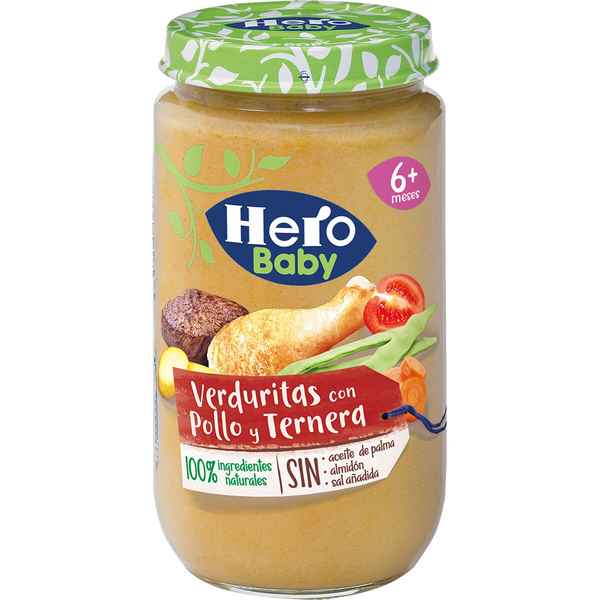
Of course they are the modified baby versions, but they are amazing for quick breakfasts and snacks.
You can find a ton of recipes on Pinterest from easy blueberry muffins to veggie and fish fritters! I can literally make anything into a muffin and/or a pancake and my son will eat it.
Let me know if your baby has tried any of these and where you are in your baby led weaning journey!
100 First Foods™ Approach to BLW — Fortified Family
100 First Foods™ Approach to BLWKatie Ferraro
Babies can eat so many more foods than we give them credit for!
In 2016 I created the 100 FIRST FOODS approach to baby-led weaning which has now helped tens of thousands of families give THEIR babies a safe start to solid foods. Here’s how it works…
Here’s how it works…
Who’s Behind the 100 FIRST FOODS Approach?
Hi there! I’m Katie Ferraro, Registered Dietitian and mom of 7 specializing in baby-led weaning. I’m a college nutrition professor and I run the largest digital community dedicated to baby-led weaning @babyledweanteam.
In 2016 I created the 100 FIRST FOODS approach to baby-led weaning and I host the top-rated parenting podcast BABY-LED WEANING MADE EASY.
I wasn’t always a fan of…or even aware of baby-led weaning!
We struggled immensely when introducing solids to our oldest daughter using traditional spoon-feeding. Mealtimes were a downright battleground and she hated food and hated being fed.
But with my next set of babies (quadruplets!) - teaching those 4 babies to self-feed with baby-led weaning turned everything around and helped return the FUN to family mealtimes.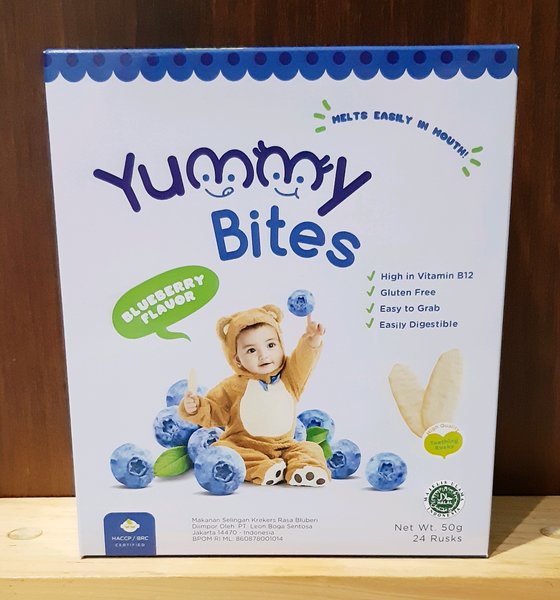
With traditional parent-led spoon feeding, most babies might have 10 or just 15 foods that they can eat by the time they turned 1.
…but with baby-led weaning, the possibilities are INFINITE.
By the time they turned 1, our quadruplets had tried over 100 foods with baby-led weaning, and my 100 FIRST FOODS APPROACH to starting solids with baby-led weaning was born!
Doing baby-led weaning with our quadruplets was such a transformative experience that I shifted the entirety of my nutrition practice to focus exclusively on baby-led weaning…and it’s all I do now, all day…every day!
Katie Ferraro’s 5-STEP FEEDING FRAMEWORK™
If the idea of feeding your baby 100 foods before one sounds overwhelming…don’t stress!
Babies don’t wake up on their first birthday and magically know how to eat 100 foods.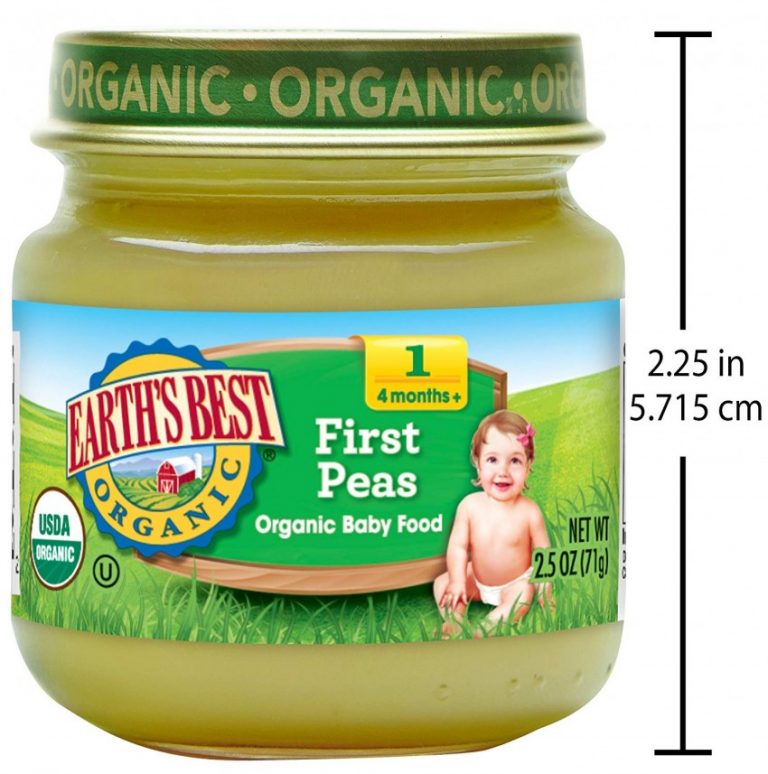 They need lots of time and space to learn HOW to eat.
They need lots of time and space to learn HOW to eat.
My 100 FIRST FOODS approach to baby-led weaning is built on the back of my own 5-STEP FEEDING FRAMEWORK.
I created this framework in 2016 to help parents safely introduce their babies to 1 new food per day, 5 days per week.
Katie Ferraro’s 5-STEP FEEDING FRAMEWORK takes the guesswork out of feeding foods to your baby. Using this 5-STEP FEEDING FRAMEWORK each week we offer 5 new foods to baby:
If you spend time on my Instagram account @babyledweanteam or inside any of my baby-led weaning workshops or programs, you’ll see babies all over the world utilizing this approach to safely eat 100 foods before turning 1!
100 FIRST FOODS LIST
If you want to help YOUR baby eat 100 BLW foods safely before starting solid foods, grab a copy of my 100 FIRST FOODS list.
Each week I teach a free online workshop called BABY-LED WEANING FOR BEGINNERS.
This free training is all about how to get your baby to try 100 foods before turning 1 without YOU having to spoon-feed purees or buy pouches.
Everyone on this workshop gets a copy of my 100 FIRST FOODS list, and you can sign up for this week’s workshop times here.
REGISTER FOR BLW TRAINING WITH 100 FIRST FOODS LIST
100 FIRST FOODS FIELD GUIDE PROGRAM™
For families interested in additional training about how to implement my 100 FIRST FOODS (TM) program, I have an online digital program called the 100 FIRST FOODS FIELD GUIDE.
This is my proprietary approach to safely offering 100 foods to your baby using baby-led weaning. I created this approach in 2016 and I co-teach my program with a speech-language pathologist feeding therapist.
The 100 FIRST FOODS FIELD GUIDE is open for enrollment a few times each year.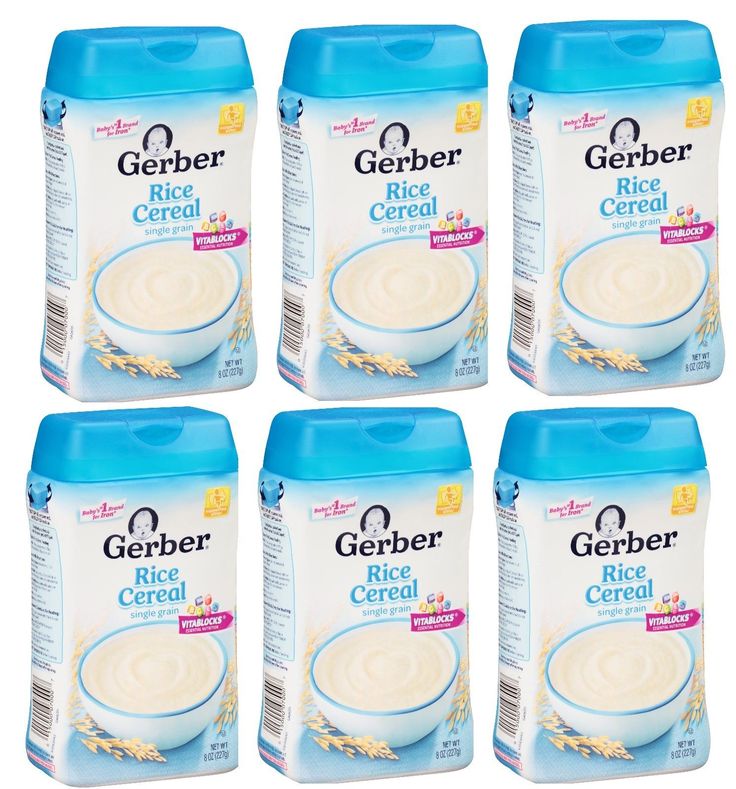 You can click here to add your name to the email wait list and we’ll notify you the next time the program is open.
You can click here to add your name to the email wait list and we’ll notify you the next time the program is open.
History of the 100 First Foods
To learn more about my 100 FIRST FOODS approach and the history of this program, check out this episode of my BABY-LED WEANING MADE EASY PODCAST: A History of the 100 First Foods Approach to Baby-Led Weaning
100 First Food Grads
Nothing lights me up more than seeing babies around the world safely learning how to eat 100 foods before turning 1.
If you’re on Instagram and doing the 100 FIRST FOODS approach, be sure to tag me @babyledweanteam and use the hashtag #100FIRSTFOODS.
Don’t be overwhelmed by the idea of 100 foods…your baby CAN do this!
You can listen to the stories of some of our 100 FIRST FOODS grads in another episode of my BABY-LED WEANING MADE EASY podcast called “100 First Foods Graduates”.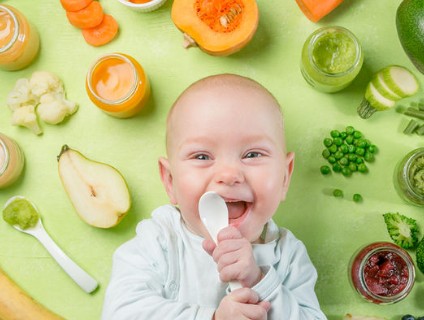 Click here to listen.
Click here to listen.
0 Likes
Katie Ferraro
Leave a comment
Katie Ferraro
@babyledweanteam
View posts by category
YOU MAY ALSO LIKE
3 Tips For Choosing A Safe High Chair
First 10 Days of BLW: Baby Sienna
Characteristics of the main types of baby food
Category: Baby food
(in accordance with Appendix 15 to SanPiN 2.3.2.1078-01 "Hygienic requirements for the safety and nutritional value of food products")
1. Milk based baby food
These products include, first of all, "women's milk substitutes" intended for mixed and artificial feeding of children.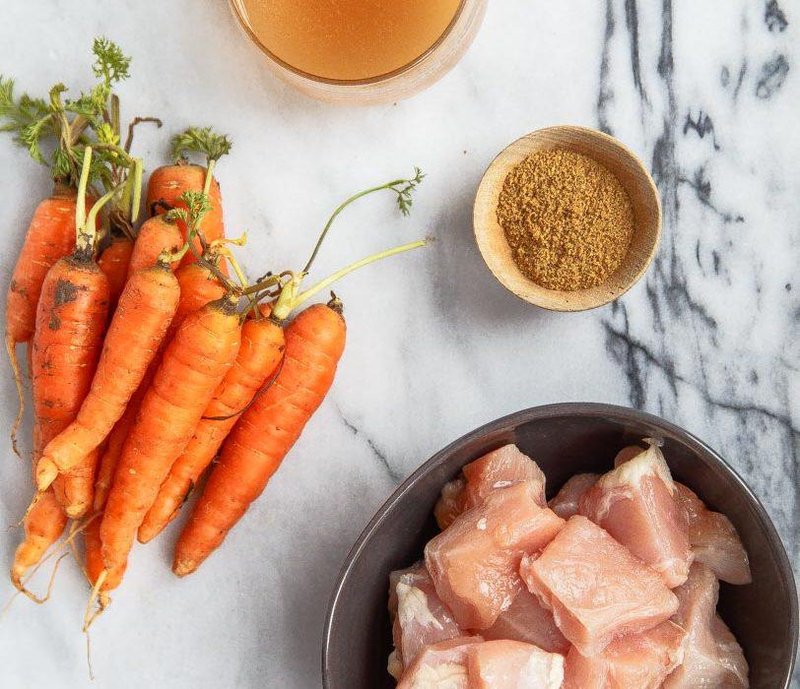 "Women's milk substitute" is a high-quality product made mainly on the basis of cow's milk, as well as on the basis of soy proteins, etc., as close as possible in composition to women's milk and thus adapted to the peculiarities of metabolism, functional state and immunoreactivity of the first year of life.
"Women's milk substitute" is a high-quality product made mainly on the basis of cow's milk, as well as on the basis of soy proteins, etc., as close as possible in composition to women's milk and thus adapted to the peculiarities of metabolism, functional state and immunoreactivity of the first year of life.
2 versions of adapted milk mixtures have been developed:
1. For children from 0 to 3 months;
2. For children from 3 to 12 months.
At the same time, partially adapted formulas can also be used in the nutrition of children, including domestic and foreign mixtures of previous generations, as well as mixtures for children in the second half of life (the so-called "following formulas").
Based on the recommended composition, mixtures can be developed:
1. Dry;
2. Liquid;
3. Fresh;
4. Sour-milk.
Bifidus and lactobacilli, acidophilus bacillus, etc. are used as starter cultures for fermented milk mixtures.![]() The acidity of adapted fermented milk mixtures does not exceed 70 degrees.
The acidity of adapted fermented milk mixtures does not exceed 70 degrees.
Along with indicators of nutritional value, safety indicators are of utmost importance for "replacers of human milk".
For the production of adapted formulas, cow's milk must be used, as well as other components specifically designed for the production of baby food.
Another group of milk-based baby food products are liquid and pasty dairy products made from whole cow's milk: milk, fermented milk products, cottage cheese.
These products are used in the nutrition of a child of the first year of life as complementary foods, as well as children from one to 3 years of age. When characterizing the nutritional value of these products, special attention is paid to the standardization of their protein and fat content. The acidity of liquid fermented milk products does not exceed 70-100 degrees, and pasty - 150 degrees.
2. Grain based complementary foods
These products include flour (from various cereals) for baby food, dry milk porridge, as well as specialized instant cookies and pasta for baby food.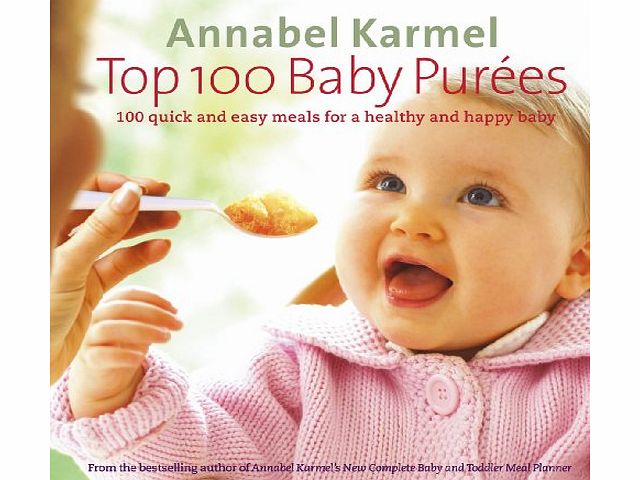
The cereal component is introduced into the diet of a child of the first year of life from 4.5-5 months as an additional source of energy, as well as new carbohydrates (starch, dietary fiber), vegetable protein, some vitamins and mineral salts. In accordance with international recommendations, complementary cereal products (flour and dry cereals) should be enriched with calcium, iron and essential vitamins.
The most modern form of production of these products are instant (instant) flour and dry cereals, for the preparation of ready meals (milk cereals) from which cooking is not required. This group of products, presented in a separate section, is characterized by significantly more stringent requirements for microbiological standards than cereals that require cooking.
The safety of complementary foods based on grain and grain milk is determined mainly by the safety of the main feedstock - cereals and flour, as well as milk. For the production of grain-based baby food, cereals and flour are used, specially designed for feeding young children.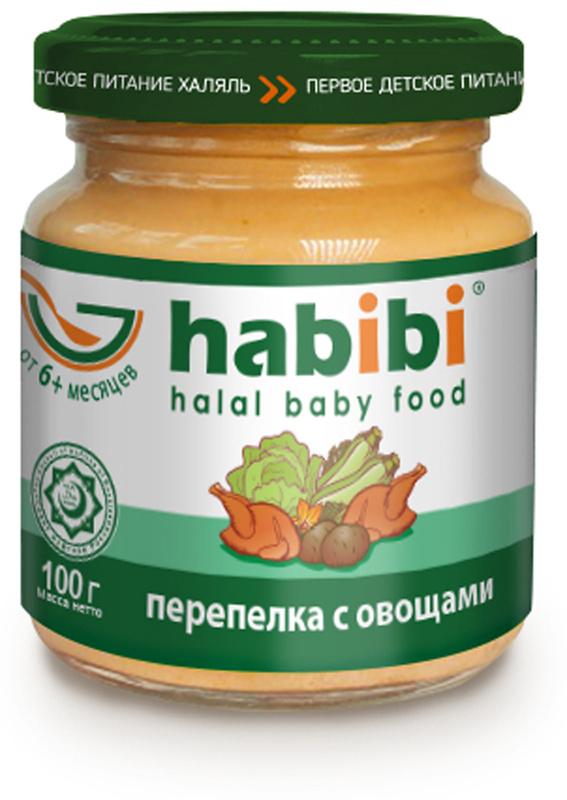 Sugar, dextrinmaltose, honey, vegetable oils, natural flavors (vanillin, dry fruit and vegetable powders) can also be added to their composition.
Sugar, dextrinmaltose, honey, vegetable oils, natural flavors (vanillin, dry fruit and vegetable powders) can also be added to their composition.
3. Complementary foods based on fruits and vegetables
These include: canned fruit, berry, vegetable and mixed juices and purees. These products are used as complementary foods (usually the first) starting from 3-4 months of life. The nutritional value of these products is determined by the content of easily digestible carbohydrates, mineral salts (potassium, iron), vitamins (C, P, bioflavonoids, -carotene), dietary fiber.
An important indicator is also the total acidity, which should not exceed 0.8%, and the degree of grinding of canned food (homogenized, finely ground, coarsely ground).
Along with the indicated products, this group includes canned food with a complex raw material composition - from vegetables, cereals and meat, and from vegetables, cereals and fish. The nutritional value of these canned foods is increased by combining several food groups - meat (fish), vegetables and cereals, complementing each other in terms of a set of nutrients.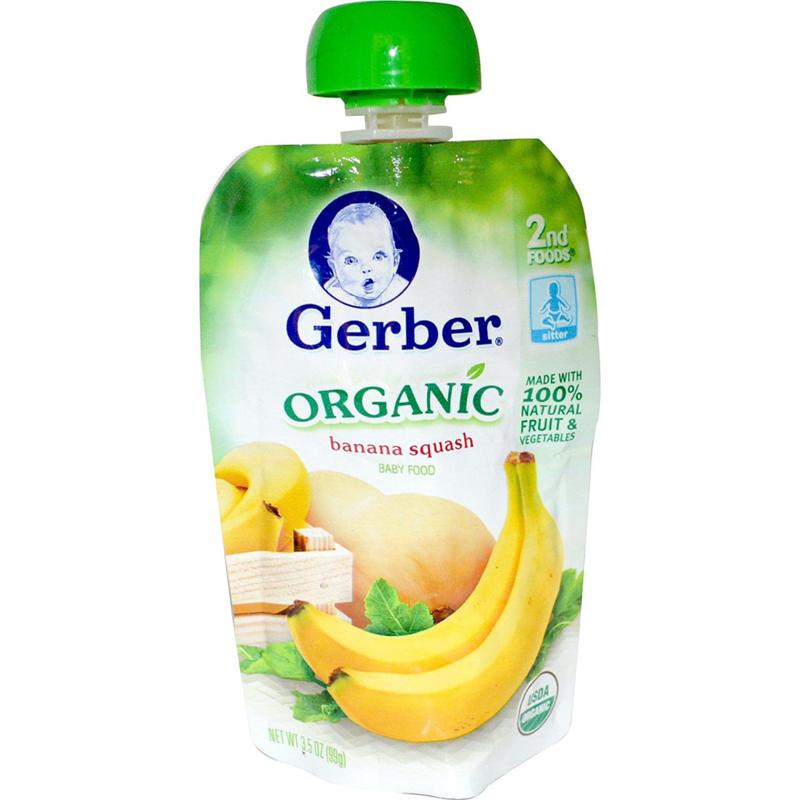
The safety of canned fruits and vegetables is determined mainly by the safety of the raw materials and, above all, fruits and vegetables, as well as additional components.
4. Complementary foods based on meat
These include beef-based canned food, as well as pork, horse meat with the addition of offal, and poultry-based canned food. They are used in the nutrition of children from 7-8 months, and according to indications - at an earlier age.
The nutritional value of canned food is determined by the content of proteins with high biological value, fats, vitamins A, B, and iron.
5. Fish based complementary foods
These include canned fish for baby food. They are used from 8-9 months of a child's life 1-2 times a week.
The nutritional value of canned fish is determined by the presence of proteins with high biological value, fats (containing omega-3 fatty acids deficient in human nutrition), vitamins group B, iron, some trace elements.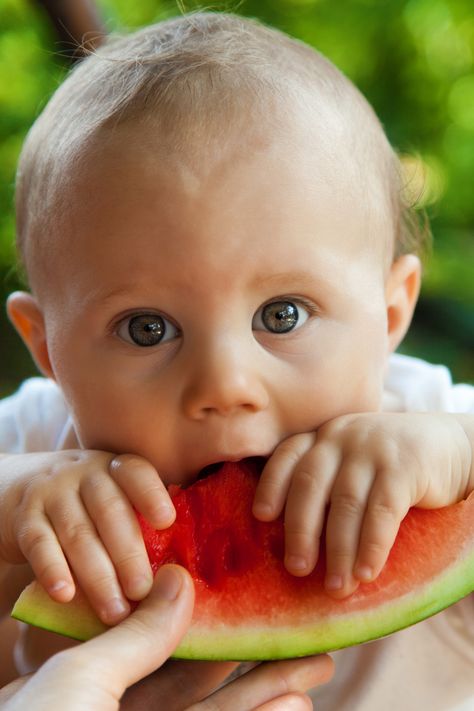
6. Products for children of preschool and school age
These products are mainly intended for organized catering in the respective establishments. However, they can also be used at home.
The expediency of using these specialized products with increased biological and nutritional value for children and adolescents is due to the need to rationalize nutrition, eliminate the deficiency of a number of nutrients and, above all, mineral salts, incl. microelements, which takes place as a result of the current unfavorable socio-economic and environmental living conditions.
7. Products for medical nutrition of children
The nutritional value of products for clinical nutrition of children is determined by two criteria:
1. The most complete correspondence to the basic physiological needs of children in nutrients and energy. These requirements are common to foods intended for healthy and sick children and have been discussed in detail above in the section on foods for healthy children;
2. The effectiveness of the therapeutic action of products, which is determined either by elimination, or vice versa, enrichment of the product with certain nutrients, in accordance with their intended purpose and the nature of metabolic disorders in each specific disease or group of diseases.
The effectiveness of the therapeutic action of products, which is determined either by elimination, or vice versa, enrichment of the product with certain nutrients, in accordance with their intended purpose and the nature of metabolic disorders in each specific disease or group of diseases.
In accordance with these criteria, among the indicators of the nutritional value of baby food products are the content of macro- and micronutrients, which, when using the product as the main source of nutrition (for example, products for premature babies, for children with food allergies), should meet the needs to the maximum extent. child.
For medicinal products whose composition is modified in accordance with the pathogenetic principle of diet therapy, the criterion may be the degree of elimination of a number of components (for example, the removal of lactose from products for children with malabsorption syndrome, the removal of allergens from products for children with food allergies, etc.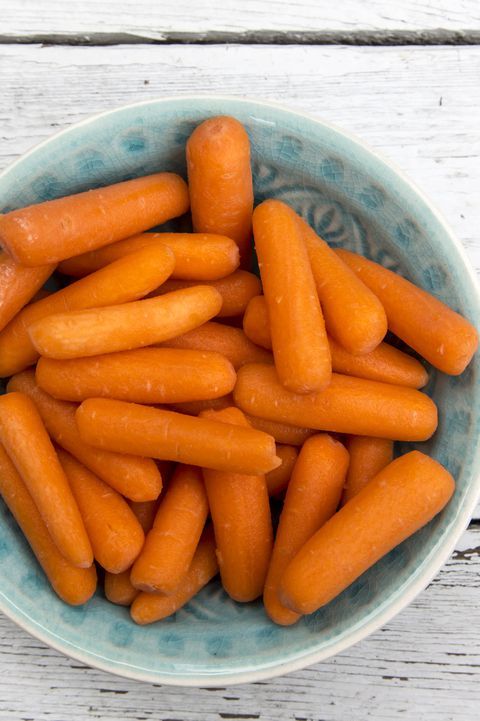 ).
).
how to choose the right baby food and what is the best?
The ideal "baby food" for an infant is breast milk. However, not all mothers can breastfeed their baby, usually this is due to the health of the mother or child. It happens that the woman herself has a serious condition after childbirth and in the early postoperative period, reduced lactation or diseases in which breastfeeding is contraindicated. In such cases, the baby is given formula milk - this is the only alternative to mother's milk. Subsequently, at four to seven months, complementary foods should be introduced into the child's diet, regardless of whether he is breastfed or artificial. The mother is faced with the task of choosing the right baby food for complementary foods.
In this article, we will talk about what foods for babies are and how to choose the best baby food.
Legislation defines "baby food" as food products that meet the physiological needs of a child under 14 years of age.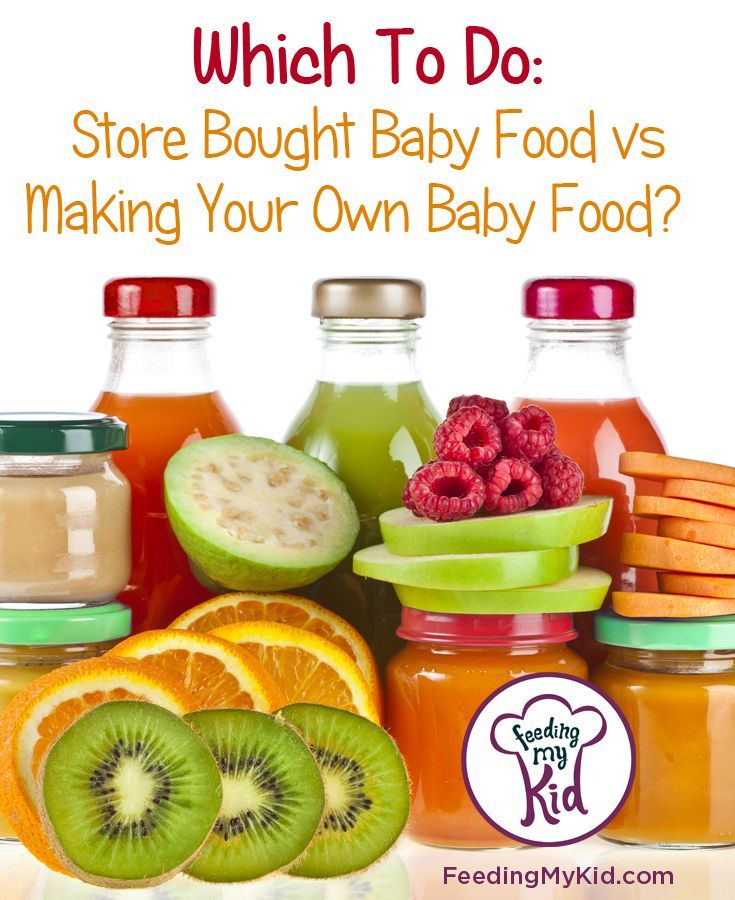 And nutrition for young children is food intended for children from birth to three years[1]. It is necessary to make a diet taking into account the age of the baby and the characteristics of his physical condition.
And nutrition for young children is food intended for children from birth to three years[1]. It is necessary to make a diet taking into account the age of the baby and the characteristics of his physical condition.
The Union of Pediatricians of Russia created the National Program for feeding children in the first year of life and the National Program for optimizing the nutrition of children from one to three years old [2]. They describe recommendations regarding what formula to feed the baby from birth, how to introduce complementary foods and expand the baby's diet. These programs provide detailed information on what nutrients and nutrients should be included in the diet of children of different ages.
First you need to figure out what kind of baby food is [3]. Products for toddlers can be divided into two categories:
Infant formula. There are for children from birth to six months (formula 1 mixtures, or initial), from six months to a year (formula 2) and from a year (formula 3). The composition of such baby food is adapted, that is, as close as possible to the composition of breast milk.
The composition of such baby food is adapted, that is, as close as possible to the composition of breast milk.
- In the initial mixtures, the amount of protein is reduced to 1.2-1.5 g / 100 ml - in accordance with the composition of breast milk. They also changed the fat and mineral profile. The initial mixtures are enriched with such an essential amino acid as taurine, and micronutrients, probiotics, vitamins.
- After six months, the baby's need for protein increases, mother's milk changes its composition. And babies on artificial feeding begin to be fed with a more nutritious mixture of formula 2. Taurine is no longer always needed: the body of a baby aged from six months to a year is able to synthesize this amino acid itself. Meanwhile, the content of iron, calcium, zinc increases compared to the initial mixtures, because by this age the child's reserves of minerals received from the mother during pregnancy are depleted, and they need to be replenished.
- A child's nutrition changes after one year - he is already able to eat a variety of solid foods.
 However, it is advisable to continue to feed him with a mixture, though already formula 3. Pediatricians recommend it as a source of vitamins and minerals that the baby can easily absorb.
However, it is advisable to continue to feed him with a mixture, though already formula 3. Pediatricians recommend it as a source of vitamins and minerals that the baby can easily absorb.
Complementary foods As we have already noted, it is introduced when the baby is four to seven months old. This interval is referred to as the "critical window" and is considered optimal for initiating complementary foods for several reasons:
- The baby needs a wider range of minerals, vitamins and other nutrients. In addition, his baby's digestive system is already ready to accept more solid and complex foods than mother's milk or infant formula.
- At this age, the child develops an interest in food, and it is necessary to offer him the right foods to develop his taste.
- During this period, the risk of developing a food allergy to a new product is lower.
- Timely introduction of complementary foods prevents the risk of micronutrient deficiencies and iron deficiency anemia.

Usually the first food is vegetable puree or monocomponent gluten-free cereals, milk or dairy-free. Over time, cereals containing gluten, supplements from fruits and berries, and also consisting of several cereals are added. A six-month-old child can already be given several types of vegetables and cereals. Also, at about six months, they begin to give meat puree, then fruit, and from eight months - fish. A child from seven months is allowed the yolk.
From the age of 12 months, complementary foods already make up the majority of your baby's diet. At this age, it is especially important to diversify the child's diet: he can be given soups with small pieces of vegetables, meat, fish and cereals.
For information
During the first feeding, the child's eating habits are laid, and it depends on the parents how correct they will be. Often, mothers introduce fruit juices into complementary foods too early. And because babies have an innate preference for sweet tastes, they can become naughty and stop eating the unsweetened foods they need, especially vegetables.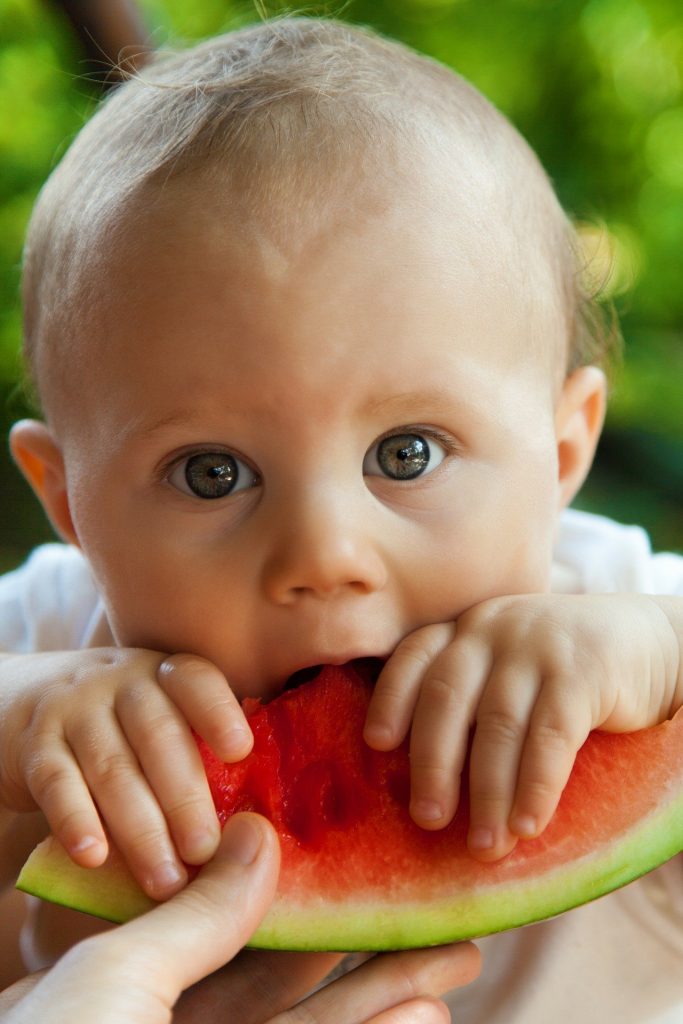 Unhealthy taste habits are formed, which can later provoke obesity.
Unhealthy taste habits are formed, which can later provoke obesity.
Domestic doctors are concerned about such irrational nutrition of young children - due to the wrong approach to nutrition, many babies experience a deficiency of vitamins and an excess of fast carbohydrates.
How to choose baby foods
Finding the right foods for your baby is not an easy task. Store shelves are bursting with boxes, jars and bottles, and manufacturers write on every second package that the baby will be healthy, strong and cheerful after feeding. Of course, the baby will receive the necessary substances, no matter what product his parents choose, because all the production of baby food is strictly controlled by the state. By the way, Russia has some of the most stringent requirements for the quality of baby food in the world.
However, products for children differ in their properties. It is necessary to select food so that by the end of the first year of life the baby has actively developed chewing skills and an interest in independence, and the diet of complementary foods is reasonably varied.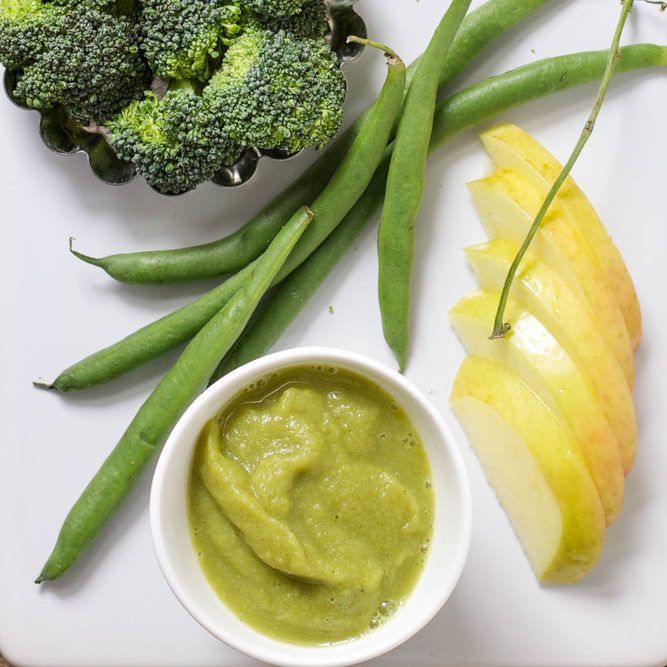
For children from one to three years of age, the diet should be even more varied. It is important that the child receives daily something new from the main food groups: dairy, vegetables and fruits, meat and fish, cereals, butter and vegetable oil. Of course, the baby's diet should be expanded taking into account his state of health.
When organizing the nutrition of a child from the moment of introduction of complementary foods and up to three years, a mother needs not only to know what can be fed, but also to consider what foods should not be included in the diet. Among the prohibited products for children under three years of age:
- any mushrooms, vegetables and fruits in the marinade;
- pickles, preserves in tomato sauce;
- commercial juice concentrates, carbonated drinks, coffee and strong tea;
- various condiments - mustard, ketchup, hot sauces, horseradish, pepper, vinegar, mayonnaise;
- products containing flavors, industrial colors, including chewing gum;
- margarine and refractory fats - lamb, pork;
- chocolates, sweets, other sweets.
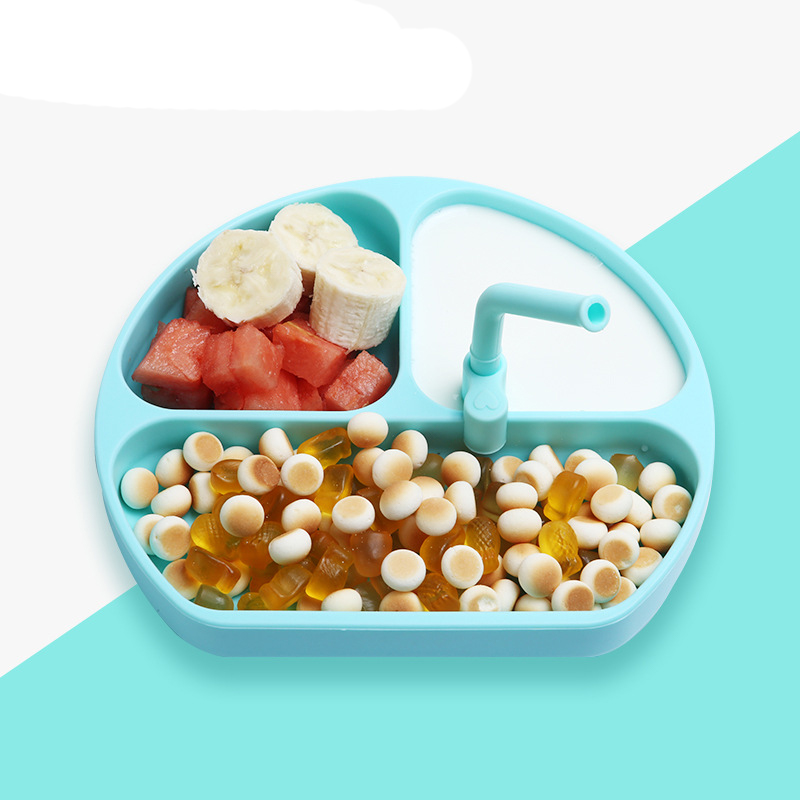
To choose the right baby food, you need to know exactly what you should pay attention to and what you don't need to worry about.
When choosing mixtures, it is important to check:
- Absence of palm oil. Formula manufacturers may use palm oil (more specifically palm extract) because, like breast milk, it is rich in palmitic acid. However, in human milk, palmitic acid is in the beta position, while in palm oil it is in the alpha position. Such alpha-palmitic acid can interfere with the absorption of calcium and fats and is generally less well absorbed by the child's body. This can negatively affect the work of the intestines, lead to constipation, regurgitation. Milk fat is better suited for baby food as a source of palmitic acid[4][5].
- Protein ratio. Breast milk protein is primarily whey proteins and casein. A child needs both types of protein, while proteins are easily digested, which cannot be said about casein.
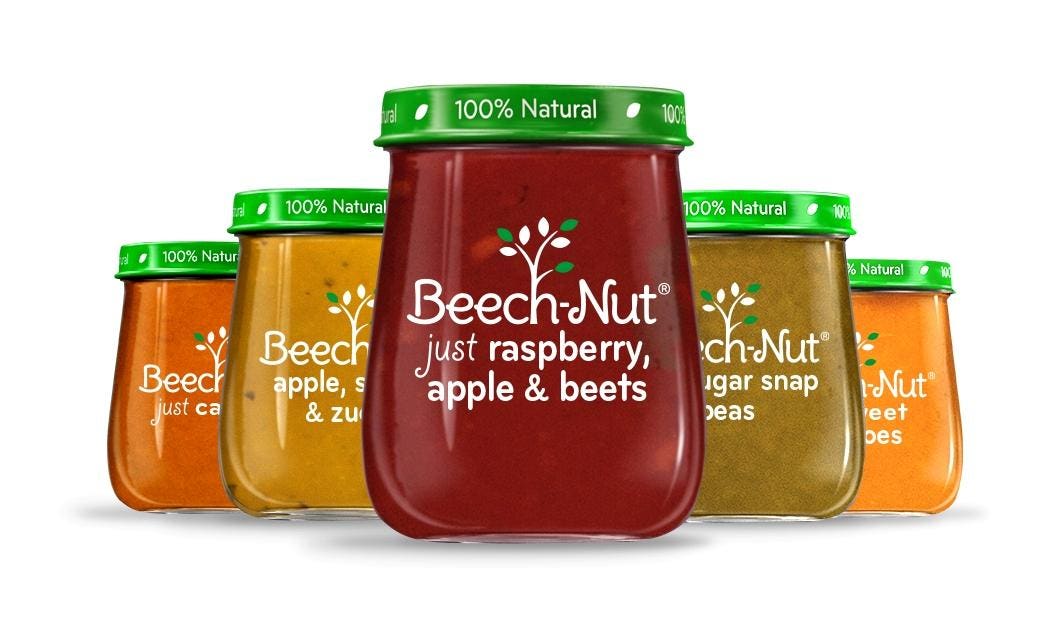 If baby food contains a lot of casein, it stays longer in the digestive tract, which can cause problems with the baby's stool.
If baby food contains a lot of casein, it stays longer in the digestive tract, which can cause problems with the baby's stool. - The presence of additional functional elements in the composition - lutein, nucleotides, pre- and probiotics. The task of lutein is to protect vision from ultraviolet rays. Nucleotides are low molecular weight compounds that promote the growth of beneficial bifidobacteria in the intestines. And pre- and probiotics in the composition of infant formulas help to establish comfortable digestion.
When choosing complementary foods, pay attention to:
- Age appropriate. It is important that in the diet of a child under three years of age who receives complementary foods, special children's products prevail - in their composition the components are selected taking into account the age-related needs of the baby's body. It is impossible at an early age to transfer children to "adult" foods like pickles, smoked foods, fast food, and so on.
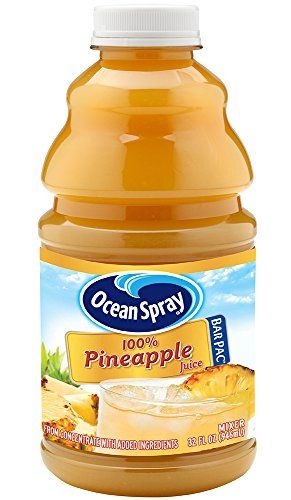
- Fortified foods. It is important that the composition contains vitamins and minerals. The National Child Nutrition Optimization Program recommends choosing complementary foods that contain elements designed to prevent anemia, rickets, and vitamin deficiencies.
- Diet diversity. The menu for a baby up to six months is quite monotonous. But as they grow older, the baby needs more various nutrients - proteins, carbohydrates, fats, vitamins, minerals.
- On the individual reaction of the baby. If the child is already receiving complementary foods, then it is worth introducing a new product only after the previous one has been fully introduced. If the baby is allergic to the product, then it should be administered carefully, carefully checking the reaction of the body.
Ingredient safety testing is optional. Of course, the content of any "chemistry" in the product for feeding a child, whether it be a mixture or complementary foods, is unacceptable.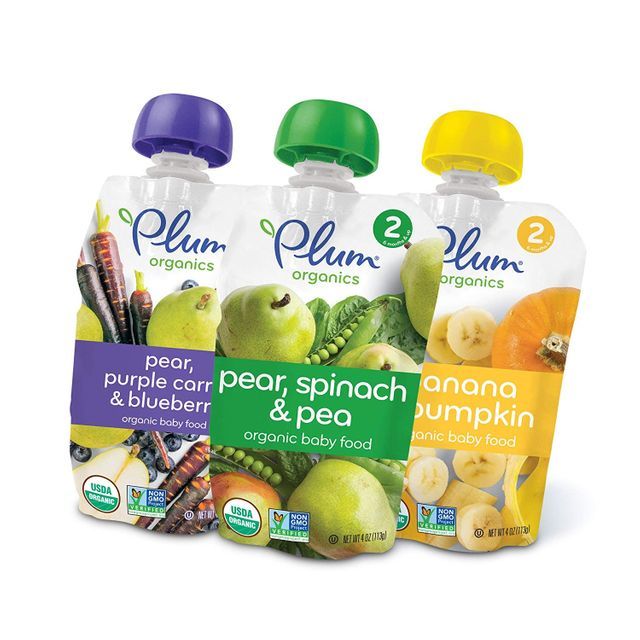 There is no need to worry about this: baby food is carefully checked. If it is registered on the territory of the Customs Union and hit the shelves, then it complies with SanPiN 2.3.2.1940-05 and there will be no "prohibited" components in its composition. Also, contrary to popular misconception, in Russia it is forbidden to use GMOs in children's products.
There is no need to worry about this: baby food is carefully checked. If it is registered on the territory of the Customs Union and hit the shelves, then it complies with SanPiN 2.3.2.1940-05 and there will be no "prohibited" components in its composition. Also, contrary to popular misconception, in Russia it is forbidden to use GMOs in children's products.
Note
Baby food in jars (usually puree) has a short shelf life after opening, as it does not contain preservatives. However, before the jar is opened, the products can stand for quite a long time on the shelves of stores or in the refrigerator at home. This is possible thanks to a special production technology, sterilization and vacuum packaging. If a soft pop is heard when opening the jar, this is a good sign: the puree is not spoiled. But products in jars with swollen lids or a protruding bottom should not be used: microorganisms already multiply in such food, it is not suitable for food.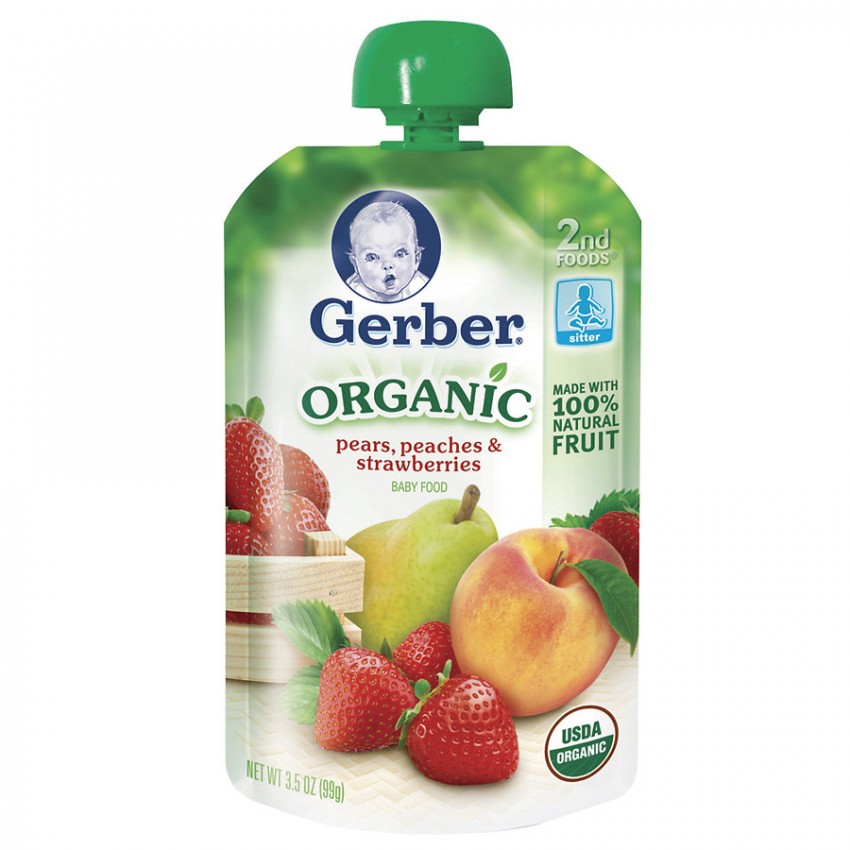
Features of the choice of dairy products
It is necessary to choose dairy products for babies, following the doctor's recommendations. The specialist will take into account the health of the baby, especially if he is allergic to cow protein. In Russia, such an allergy occurs in 30–40% of children [6]. Such a reaction may occur due to hereditary predisposition and immaturity of the organism. But most often, allergies go away when the child grows up.
Goat milk baby food may be a suitable option for young children with a predisposition to allergies. Its protein is perceived by the body better than cow's: alpha-s1-casein, contained in large quantities in cow's milk, makes a product based on it difficult to digest - food stagnates in the baby's gastrointestinal tract, motor skills are disturbed, as a result, allergies often occur. In goat milk, as in breast milk, there is practically no alpha-s1-casein [7]. Therefore, goat's milk, and hence the mixture based on it, are better absorbed.

